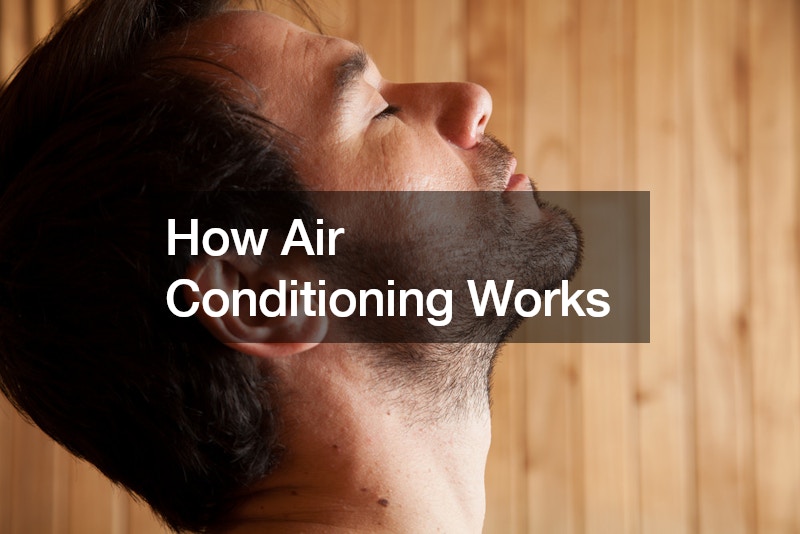In this YouTube video, the speaker discusses how air conditioning works. An AC system works by removing heat and humidity from indoor air to create a more comfortable environment. The process involves several key components and principles of thermodynamics:
Evaporation and Compression: Air conditioning systems utilize refrigerants, such as Freon or Puron, which have properties that allow them to change states between liquid and gas at relatively low temperatures. The cycle begins with the refrigerant absorbing heat from indoor air as it evaporates into a gas inside the evaporator coil.
Compression and Condensation: The compressor in the air conditioning system compresses the low-pressure refrigerant gas, causing it to become hot and high-pressure. This hot gas then moves to the condenser coil located outside the building. As the refrigerant condenses back into a liquid state, it releases heat to the outside air.
Expansion Valve: After condensation, the refrigerant passes through an expansion valve or orifice tube, where its pressure and temperature drop significantly. This cooled liquid refrigerant then moves back indoors to repeat the cycle.
Air Circulation: Meanwhile, indoor air is drawn into the system through return ducts, where it passes over the evaporator coil. The cold refrigerant absorbs heat from the indoor air, lowering its temperature and dehumidifying it.
Distribution: The cooled and dehumidified air is then circulated back into the living space through supply ducts and vents, reducing the temperature and creating a comfortable indoor climate.
Air conditioning systems rely on the principles of thermodynamics and the circulation of refrigerant to transfer heat from indoors to outdoors, thereby cooling the indoor air. Proper maintenance, including regular cleaning of filters and coils, ensures efficient operation and extends the lifespan of air conditioning units, keeping homes and businesses comfortable during hot weather.




